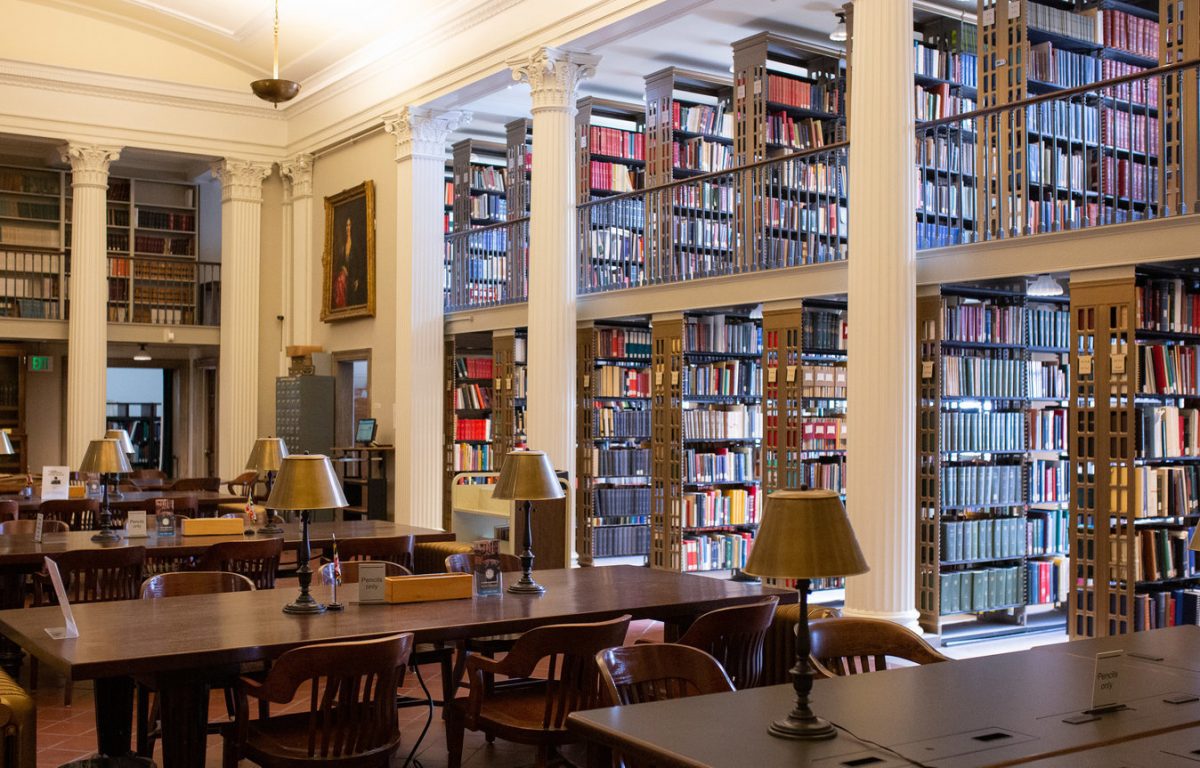
When curating an exhibit, the Maryland Historical Society (MdHS) is usually meticulous about selecting what it wants to include. After all, framing history and contextualizing it for future generations is not something its archivists take lightly. But when a once-in-a-lifetime event like the coronavirus pandemic occurs, unprecedented times call for unorthodox measures.
Throughout the past few weeks, the historical society has been commissioning user testimonials and photos from citizens across the state, encouraging them to tell their stories and detail how the virus has affected their everyday lives.
“When COVID-19 happened, we returned to our collections and started looking at how we can give perspectives to people right now,” says Allison Tolman, the MdHS’s Vice President of Collections. “We like to do everything very thoughtful and precise, and we take a long time to develop it. But here, we had to be reactionary and quick. We had to get it out there.”
Tolman says that initiating this process wasn’t easy at first, especially given that most museum staff are working remotely. Collectively, they decided on two different avenues by which they would catalog real time reactions to the pandemic: one entitled “Letters from the Homefront,” and another named “Business Unusual.”
The idea behind “Letters from the Homefront” is to solicit emails from senders who wish to document their daily lives under quarantine. Historically, Tolman says, letter-writing elicits the most color and context to help readers understand what it was like to live in a given moment in time. One of the more noteworthy submissions thus far has come from local fourth grade students, who lamented over not being able to play outside with their friends, and how they’re adjusting to a new way of learning.
“As a museum, when something happens, we look back at what happened in politics,” Tolman says. “There’s some sort of conflict. [With coronavirus], we quickly settled on letters because, for example, in the Civil War, we find a lot of the most interesting information about how it affected people on a personal level by looking at diaries and letters.”
Tolman says that records surrounding past pandemics, such as the Spanish Flu of 1918, have also been a helpful reference point for the current situation.
But in the age of social media, the museum can monitor posts in real time. This advantage is particularly useful for its “Business Unusual” initiative, in which business employees, owners, and patrons can share their photos and stories to be used in a future photo essay. Those interested in following along are also able to monitor posts using the hashtag #BusinessUnusual.
“Each person’s story is very different, which is interesting, because we’re all going through this together,” Tolman says. “Collecting living history [in real time] is a new thing, but it’s certainly important. We need to be getting those collections now, so in 100 years when another pandemic happens, people can look back on our stories and realize what was different then versus now.”
Tolman says that the museum is also hoping to receive submissions from medical professionals who are on the front lines fighting the virus. “Even if they don’t have time now, we encourage them to take a moment to write it down—they can mail it to us afterward,” she says.
As for what this collection effort will turn into down the road, that is to be determined. The circumstances surrounding the virus are evolving by the day, and the historical society is adjusting its strategy accordingly. Amidst the spread of coronavirus, the museum finds itself in the unique position of providing a voice to those looking for clarity, as well as an outlet to work through a confusing and frightening time.
“Everyone has a different lens, and that’s been very interesting,” Tolman says. “It’s hard to catalog something when we aren’t quite sure what it is. Even though we’re all going through it, a lot of people feel alone. This has given them a platform to feel like one of a large community.”